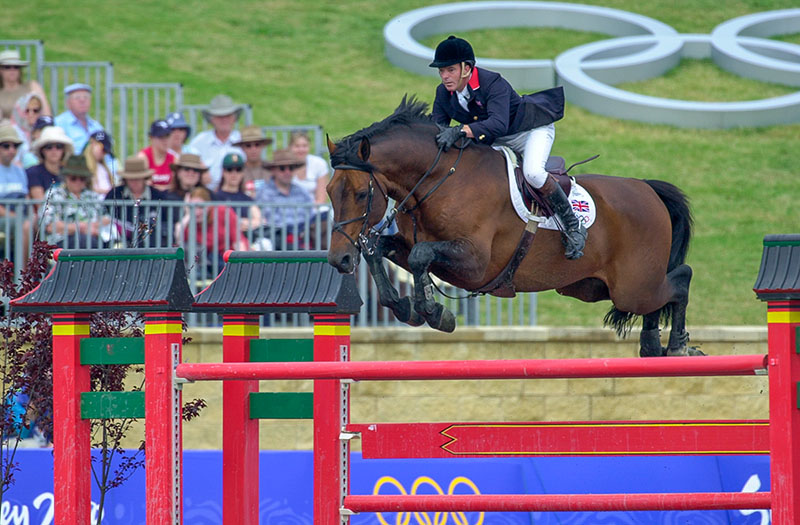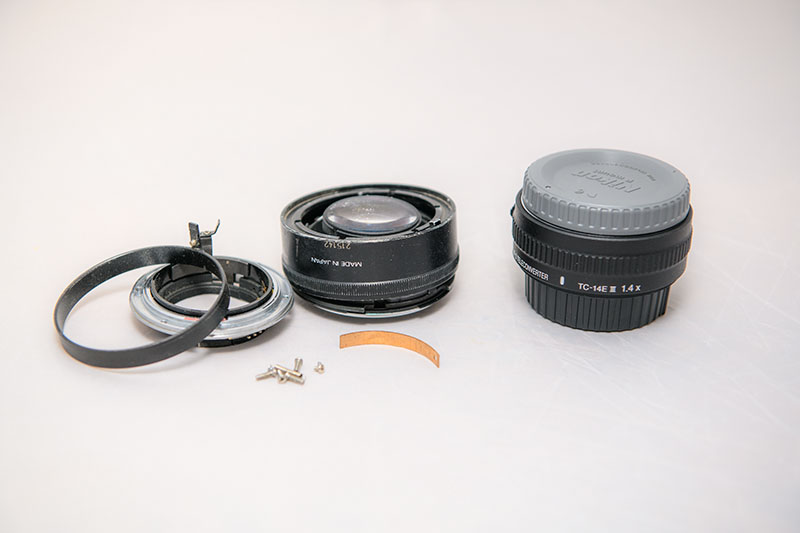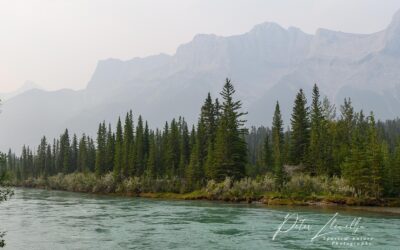In 1999 I prepared for the 2000 Olympic Games in Sydney by replacing much of my equipment with the latest and greatest available at the time. The latest buzz word was ‘digital imaging’, Nikon having just released its first professional digital camera, the Nikon D1. It was greeted, to a great extent, with a huge amount of scepticism, ranging from ‘it’s just a novelty’, ‘the images will never be as good as film’, to, ‘I will never be seen dead with one of these new fangled cameras’. I remember a similar reaction when the first autofocus lenses appeared a few years earlier.
I took a somewhat different view so, along with my first 600mm f4, and replacing many of my shorter lenses I decided that maybe, there was more to this digital thing than others thought. I invested over $6,500 Canadian dollars on a D1 body and a couple of spare batteries. Added to this were two IBM Microdrive memory cards with the massive storage capacity of 170mb – yep mb not gb! These ran to about another $600 each. Microdrives were actually a miniature hard disk with spinning media in a compact flash size. Only problem with this is that if you dropped one it was toast, much like dropping a hard drive onto the floor today would give the same result.
Off I went to the Olympics, where I shot around 50% film and 50% on the D1. Well one thing was true from the naysayers, the quality was not as good as my film cameras. The D1 sensor was a mere 2.7 megapixel, and had a top speed of 4.5 frames per second. Plus, you certainly didn’t want to go above ISo 44 before the images became virtually unusable. Not exactly mind blowing by today’s standards.
The Sydney Olympics were the first Games where transmission of images directly to clients was a real prospect for anyone other than the big agencies. Each evening I would download my images from the D1, caption and keyword using an early version of Photomechanic, and make some rudimentary corrections in Photoshop 5.0. I dare not crop anything , the images were too small to start with. Then it was off to the Main Press centre to collect my processed films from Kodak, scribble captions on the slide mounts, and use a film scanner for those I wanted to send that evening. (By external modem attached to my laptop). Then a selection would be made and sent by Fedex overnight out to clients. In the early hours of the morning I would get back to my hotel for a few hours sleep before doing it all again the next day. Who say’s being a sports photographer was fun?

Olympic Games, Sydney, September 2000, John Whitaker (GBR) riding Calvaro
Nikon D1, Nikon 600mm f4 lens, 1/1000 sec at f4, ISO 200, manual exposure
Returning to Canada at the end of the Games I reviewed all the images that had been used by my clients. Imagine my surprise to find that the majority had come from that 2.7mp D1 even with it’s crap quality. A little investigation soon shed light on the mystery. The images were used because they arrived with the clients first, and once an image was put on the page editors are reluctant to redo their work and change it. This was a revelation and while many of my colleagues continued to stick with film I suddenly realized that they were blind to the future of photography and I immediately dumped all my film cameras and went 100% digital, one of the first independent photographers to do so.
Within a year Nikon had progressed to the D1X which upped the sensor to 5mp, although this dropped the shooting speed to a mere 3 fps with a buffer of 9 frames, but only if you were shooting jpegs! But, the quality was a little better so another $6000+ was dropped and so it all began.
Incidentally , that original Nikon D1 was sold on to Isobel Springett who was right at the start of her photographic career. She is now an amazing wildlife and nature photographer and it’s well worth taking a look at her web site and viewing her work at www.isobelspriingett.com
Since then I have used every Nikon flagship camera up to the Nikon D4. I missed out on the D5 as my shooting interests were slowly switching away from sports and concentrating more on nature and wildlife so decided the Nikon D850 was a better fit, with it’s huge 45.7 mp sensor and 9fps shooting speed. Wouldn’t I have liked to have had this in my bag in Sydney?

Great Blue Heron Ardea herodias bringing a stick to nesting mate Arthur R Marshall National Wildlife Reserve Loxahatchee Florida
Nikon D2x, Nikon 600mm f4 lens, 1/3200 sec at f4, ISO 200, aperture priority automatic exposure set to -0/7
With the D2x, launched in 2004, we are up to 12.4 mp and 5fps and much better image quality, although ISO 800 is still pushing the boundaries.
Now, I wonder just how much longer I will even be using a DSLR as mirrorless takes over the scene.
So, you may be wondering why the title of this blog is Nikon TC-14? Well, a few days ago I picked up the D850 with my 500mm f4 and attached TC-14 teleconverter and went to remove it from the lens. Wouldn’t budge. It was jammed solid, and I couldn’t even retract the release pin. Now here was a problem, as I wasn’t sure if Nikon Servicing was even operating with the coronavirus situation, and I needed the 500mm urgently. So it was out with my miniature screwdriver set and I began to dismantle the teleconverter that was still attached to the lens. I eventually succeeded in getting it off, the release pin had sheared off and there was evidence of further internal damage.

The old and the new
It was then that I realized that this was the last piece of equipment that was still in my bag and in regular use from that re-equipping back in 1999. I wonder how many images have been shot over the last 20 years with this converter attached. A real testament to the superior build of Nikon equipment.
Thanks to The Camera Store in Calgary for shipping a new Nikon TC-14 III to replace the old one and Canada Post for getting it here in just a few days, despite the challenges that Coronavirus is creating.
I wonder if the new one will still be going in 2040? Actually, I wonder if I will still be going in 2040!
PS Many of those original Nikon D1 are still being used today after re-processing in Capture One and Photoshop so they couldn’t have been that bad!
See more images by visiting the photo galleries and my Instagram feed


